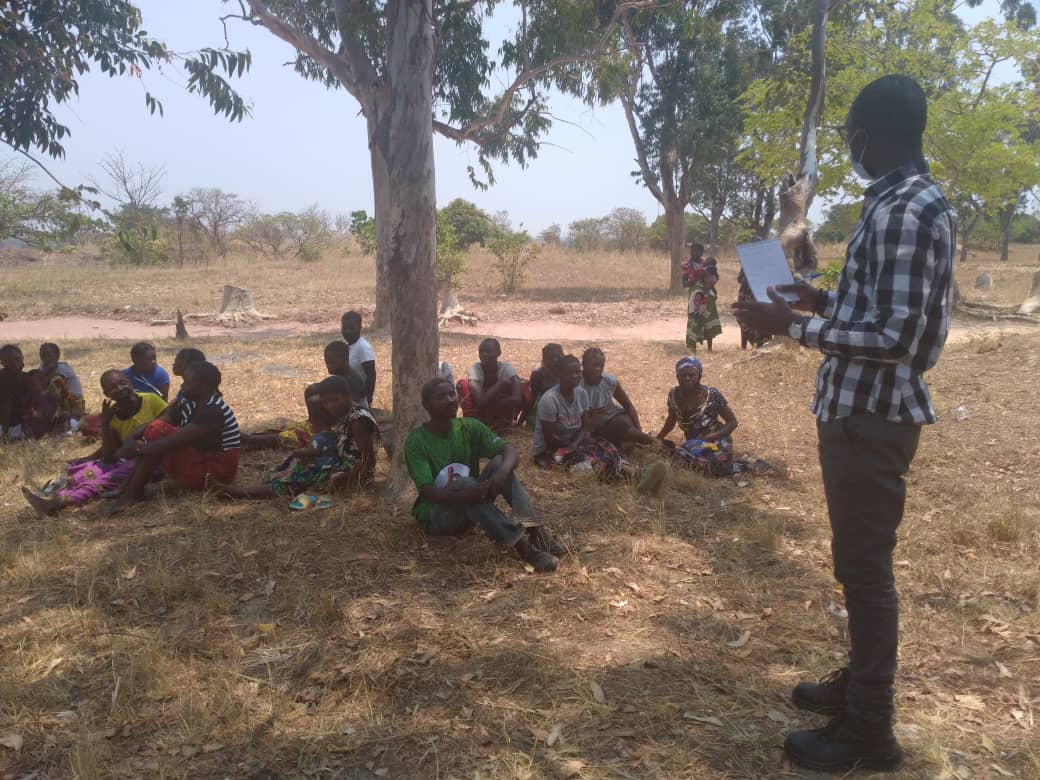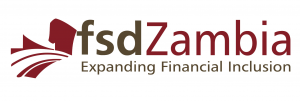Training Traditional Village Headpersons Can Increase Financial Access in Zambia

Abstract
Village leaders may have a significant impact on stimulating financial inclusion activities in their communities, particularly in remote areas where formal financial linkages are limited. In Zambia, researchers conducted a randomized evaluation to measure the impact of a program that combined savings group participation with financial inclusion training for village headpersons. Results showed that the program increased the likelihood of community-wide financial inclusion meetings and training and households attending them. It also increased participation in savings groups and total savings.
Policy Issue
Formal financial inclusion has increased significantly in Sub Saharan Africa in the last decade, with bank account ownership more than doubling from 23 percent in 2011 to 55 percent in 2021.1 Despite this growth, the region still lags behind other parts of the world in financial inclusion. Village banks and savings groups are common informal services in rural areas that people can access, and they have shown success in increasing financial capabilities across contexts.2 However, participation in savings groups and in community financial activities varies by locality. Evidence from the agriculture sector suggests that training village leaders on recommended activities and then having them transmit their knowledge to the community can be effective in increasing take-up of the activities.3 Can this method be translated across sectors? Can village leaders use their knowledge to increase financial inclusion outcomes for their communities?
Evaluation Context
In Zambia, financial inclusion has reached nearly 70 percent of the population as of 2020, increasing from 59.3 percent in 2015.4 However, many people contend with barriers to inclusion, including limited funds, high transaction fees, travel time, and distrust in the financial sector. The organization Financial Sector Deepening Zambia works to increase access to and use of affordable financial services across the country, particularly for individuals from vulnerable groups such as youth, women, and low-income households.5 This includes leveraging the influence and authority of local village leaders and chiefs—whose roles in their communities were strengthened in the constitution—to facilitate the understanding and use of financial services.
Details of the Intervention
Researchers partnered with Financial Sector Deepening Zambia to conduct a randomized evaluation of a program that combined village savings groups with training for village headpersons to implement financial inclusion activities in their communities.
The program’s main outcomes of interest included number of meetings and trainings occurring in communities and the formation of savings groups and savings. Researchers also measured the program’s impact on formal financial inclusion linkages, village leader involvement in financial mediation, and prevalence of financial disputes.
A total of 2,063 households from 146 villages in Luapula Province participated in the intervention. Researchers randomly assigned households to the following groups:
- Savings group only: Households were enrolled in savings groups.
- Savings group + training for village headpersons (FIT): Households were enrolled in savings groups; village headpersons received training to implement financial inclusion activities in their communities.
- Savings group + financial inclusion training for community leaders: Households were enrolled in savings groups; villages selected a member from the community to receive training to implement financial inclusion activities.
- Comparison group: Villages received no intervention.
The intervention took place between September 2021 and March 2022. Researchers conducted a survey with households before the intervention in April 2021 and a survey after the intervention in August 2022 to measure its impact.
Results and Policy Lessons
FIT increased the likelihood of community-wide financial inclusion meetings and training and attending them. FIT also increased participation in savings groups by 59 percent and increased savings by 119 percent relative to the comparison group.
Financial Inclusion Meetings and Trainings: FIT increased the likelihood of community-wide financial inclusion meetings and training in the previous 12 months by nine percentage points (59 percent relative to 50 percent in the comparison group). FIT also increased the likelihood of attending these meetings by 13 percentage points (54 percent versus 41 percent in the comparison group).
Savings Group Formation and Savings: FIT increased participation in savings groups by 13 percentage points (35 percent villager participation relative to the comparison group mean of 22 percent villager participation, a 59 percent increase). In addition, savings increased by 146 Zambian Kwachas (USD$6.61), a 118 percent increase relative to the comparison group mean of K122 (USD$5.56).
Village Leader Involvement in Financial Mediation: There was no significant difference in impact between FIT and the comparison group on the amount of times households went to village leaders to resolve financial conflicts. In contrast, the community leaders group had a positive impact. This is likely due to training emphasizing the role of the headperson in financial inclusion, and community leaders did a good job at transmitting this information to their community.
Financial Disputes: FIT decreased the number of financial disputes in the community relative to the comparison group, from 0.16 disputes per person in the last twelve months to 0.08 disputes. Disputes in the community leaders group were similar to the comparison group.
The results reported are the headline results; some other additional findings need to be explained, including some material differences between the results of the community participants surveys and those of the headpersons. The researchers will conduct more qualitative work in December 2023 to finalize the results.
Sources
1. Marie-Hélène Ferrer, Caroline Perrin, Luc Jacolin, “Sub-Saharan Africa: the financial gender gap between men and women”, World Bank, February 27. 2023, https://blogs.worldbank.org/allaboutfinance/sub-saharan-africa-financial-gender-gap-between-men-and-women#:~:text=According%20to%20the%20World%20Bank,population%20respectively%20have%20an%20account)
2. Karlan, Dean, Beniamino Savonitto, Bram Thuysbaert, and Christopher Udry. "Impact of savings groups on the lives of the poor." Proceedings of the National Academy of Sciences 114, no. 12 (2017): 3079-3084.
Beaman, Lori, Dean Karlan, and Bram Thuysbaert. Saving for a (not so) rainy day: A randomized evaluation of savings groups in Mali. No. w20600. National Bureau of Economic Research, 2014.
3. Beaman, Lori, Ariel BenYishay, Jeremy Magruder, and Ahmed Mushfiq Mobarak. "Can network theory-based targeting increase technology adoption?." American Economic Review 111, no. 6 (2021): 1918-1943.
4. Bank of Zambia, FinScope Zambia 2020 Survey Report, (Lusaka: Bank of Zambia, 2020), https://www.boz.zm/FinScope-2020-Survey-Report.pdf
5. Chipili Lumpa Mwaba, Kaite Kayanike Mwenya, Evelyn Mulenga, “Financial Inclusion Through Traditional Leadership,” Financial Sector Deepening Zambia, February 1, 2023 https://www.fsdzambia.org/financial-inclusion-through-traditional-leadership/












